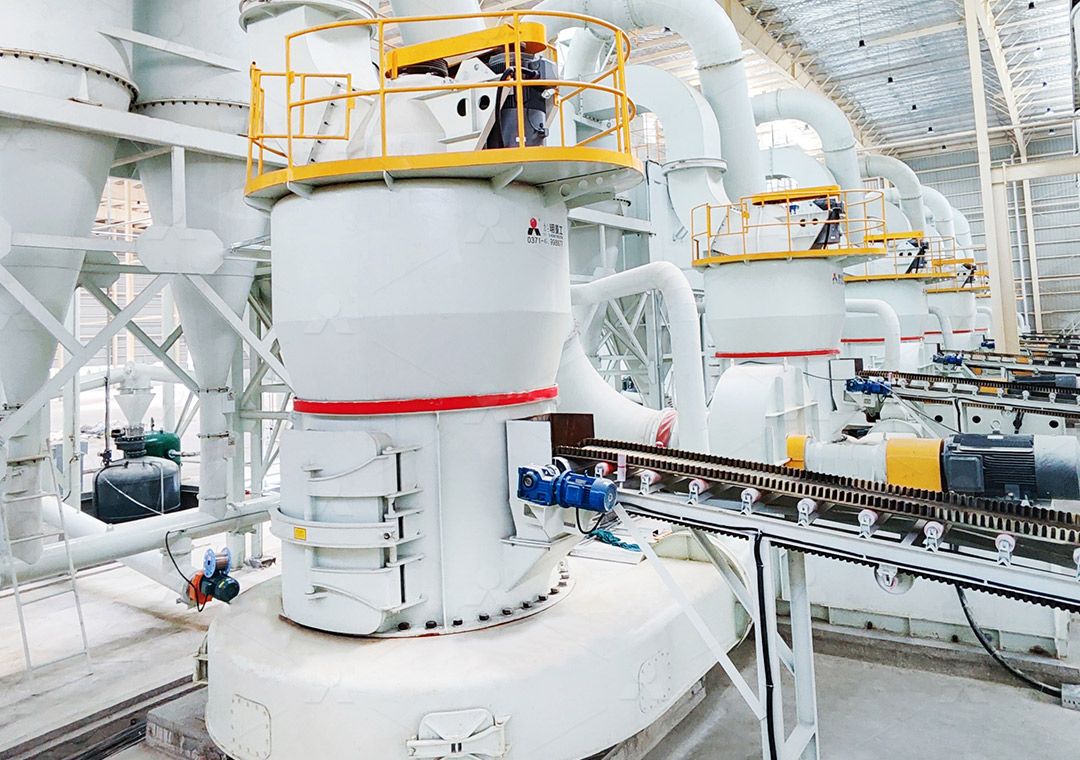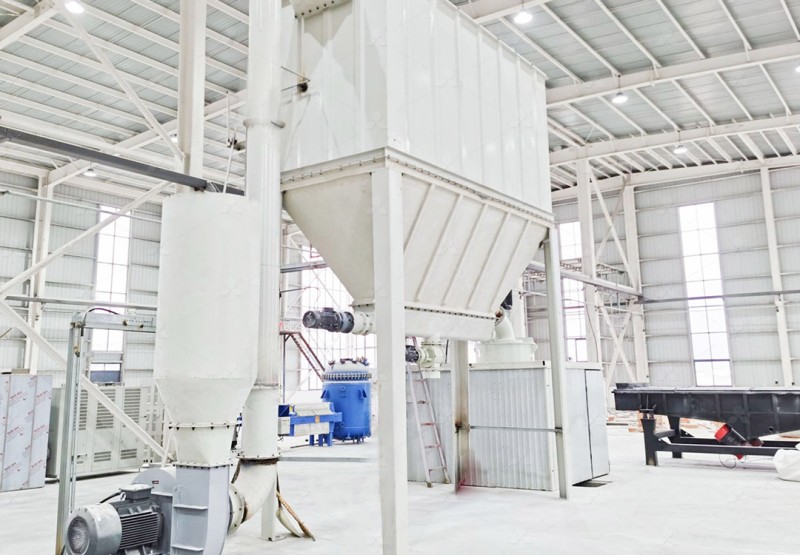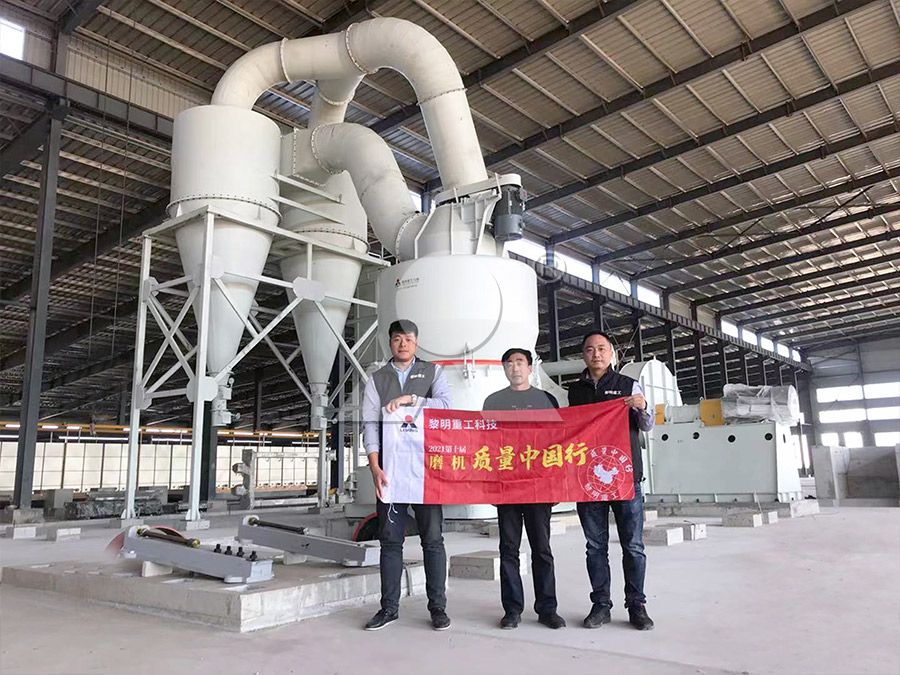How to Properly Match a Fan for Raymond Mill Operation
How to Properly Match a Fan for Raymond Mill Operation
Proper fan selection for Raymond mill operation isn’t just an accessory consideration—it’s a fundamental component that directly impacts grinding efficiency, product quality, and operational costs. Many operators underestimate the critical relationship between airflow and grinding performance, often resulting in suboptimal production outcomes.
The ventilation system in a Raymond mill serves multiple essential functions: it transports ground materials to the collection system, controls mill temperature, and maintains the proper pressure differential for efficient operation. An improperly sized fan can lead to material buildup, excessive energy consumption, or even premature equipment failure.

Key Factors in Fan Selection
When matching a fan to your Raymond mill, several critical factors must be considered:
Air Volume Requirements: The fan must provide sufficient air volume to transport ground materials through the system. Insufficient airflow causes material to accumulate in the grinding chamber, reducing efficiency and potentially causing blockages. Excessive airflow wastes energy and may carry unground particles into the collection system.
System Resistance: Every component in the grinding system—from the mill itself to pipes, cyclones, and dust collectors—creates resistance that the fan must overcome. Calculating total system resistance accurately is essential for proper fan selection.
Material Characteristics: The density, moisture content, and fineness of your material significantly impact fan requirements. Lighter materials require different airflow characteristics than dense minerals.
Operating Environment: Altitude, ambient temperature, and humidity affect air density and, consequently, fan performance. A fan perfectly matched for sea-level operation may underperform at higher elevations.
Advanced Grinding Solutions
While traditional Raymond mills remain popular for many applications, modern grinding technology offers significant advantages. For operations requiring higher capacity and finer products, our MW Ultrafine Grinding Mill represents a substantial upgrade. With an input size of 0-20 mm and capacity ranging from 0.5-25 tph, this advanced system features efficient pulse dust collection and noise reduction technology that minimizes environmental impact.
The MW Ultrafine Grinding Mill particularly excels in applications involving limestone, calcite, dolomite, and various industrial minerals. Its innovative design delivers 40% higher production capacity compared to jet mills and double the output of ball mills, while consuming only 30% of the energy of jet grinding systems. The adjustable fineness between 325-2500 meshes provides exceptional flexibility for diverse production requirements.

Practical Implementation Guidelines
Successful fan integration requires careful planning and execution:
System Balancing: The fan, mill, and collection system must work in harmony. Regular performance monitoring helps identify imbalances before they cause operational issues.
Maintenance Considerations: Select fans with accessible maintenance points and consider the abrasiveness of your material when choosing fan construction materials.
Energy Optimization: Variable frequency drives (VFDs) allow precise airflow control, matching fan performance to actual production requirements and reducing energy consumption during partial-load operation.
For operations requiring even greater precision, our LUM Ultrafine Vertical Grinding Mill offers exceptional performance with input sizes of 0-10 mm and capacities of 5-18 tph. This system integrates German powder separating technology with Taiwanese grinding roller advancements, delivering superior efficiency in ultrafine powder applications.

Common Fan Selection Mistakes
Even experienced operators can make critical errors when selecting fans for grinding operations:
Oversizing: Selecting a fan that’s too powerful creates excessive system pressure, potentially causing seal failures and energy waste.
Undersizing: An underpowered fan cannot maintain proper material transport, leading to production bottlenecks and quality issues.
Ignoring Future Needs: Consider potential changes in production requirements, material characteristics, or regulatory standards that might affect fan performance down the line.
Frequently Asked Questions
What happens if my fan is too small for my Raymond mill?
An undersized fan cannot generate sufficient airflow to transport ground materials efficiently. This leads to material accumulation in the grinding chamber, reduced production capacity, increased energy consumption per ton of product, and potential overheating issues.
How does material density affect fan selection?
Denser materials require higher air velocity for effective transport. The fan must provide adequate pressure to overcome both system resistance and the increased momentum needed to move heavier particles. Failure to account for material density results in poor transport efficiency and potential system blockages.
Can I use a variable frequency drive with my existing fan?
In most cases, yes. VFDs allow precise control of fan speed, enabling operators to match airflow to production requirements. This not only saves energy but also extends equipment life by reducing mechanical stress during partial-load operation. However, consult with an engineer to ensure your specific fan motor and system are compatible with VFD operation.
What maintenance does the fan system require?
Regular fan maintenance includes checking and cleaning blades, inspecting bearings and lubrication systems, monitoring vibration levels, and ensuring proper belt tension (for belt-driven systems). The frequency depends on operating hours and material abrasiveness, but monthly inspections are recommended for continuous operations.
How do I know if my fan is properly matched to my grinding system?
Properly matched systems demonstrate stable pressure differentials, consistent product quality, absence of material buildup in the grinding chamber, and energy consumption within expected parameters. Performance testing with measurement of airflow, pressure, and power consumption provides quantitative verification of proper fan selection.
